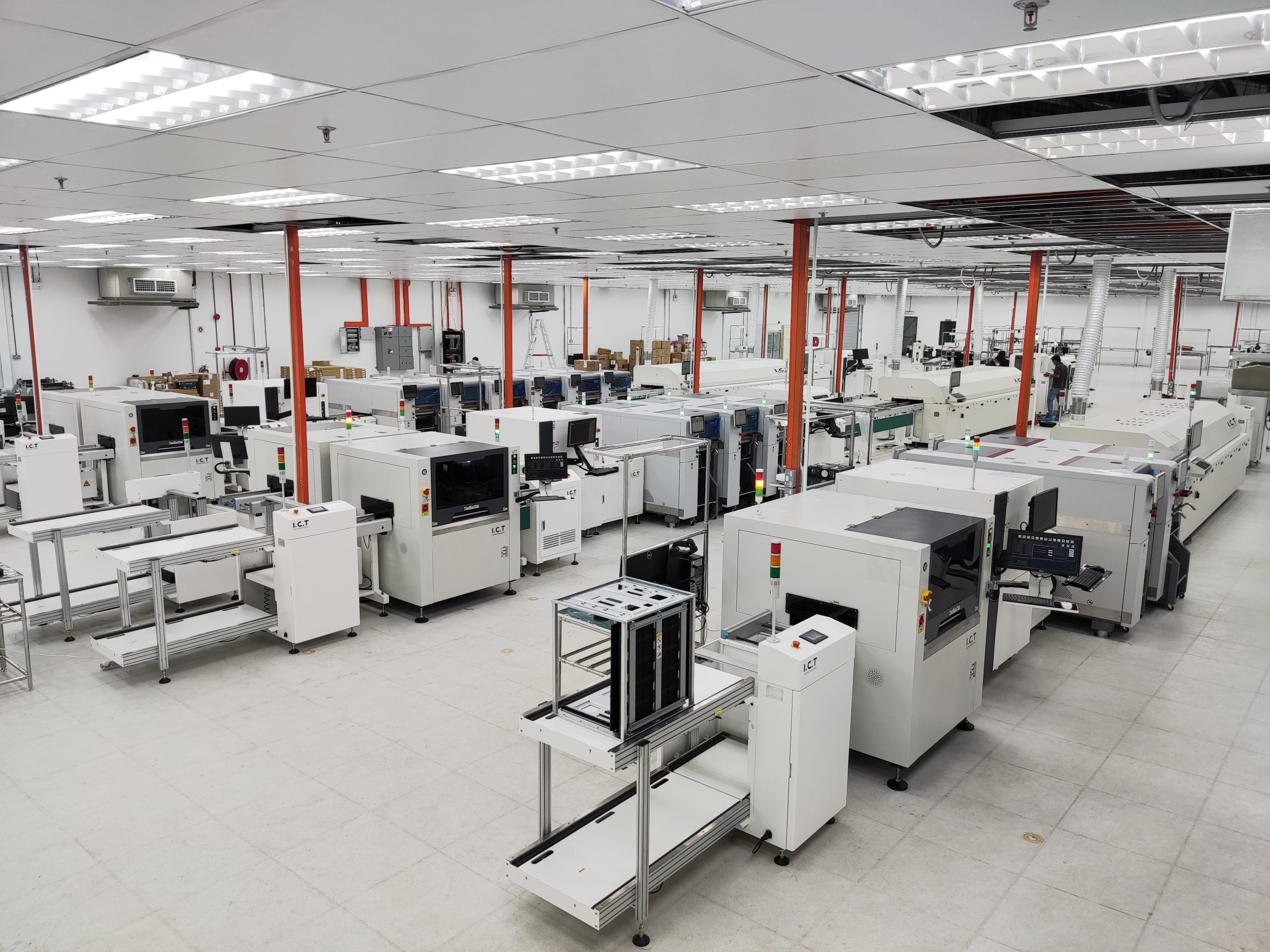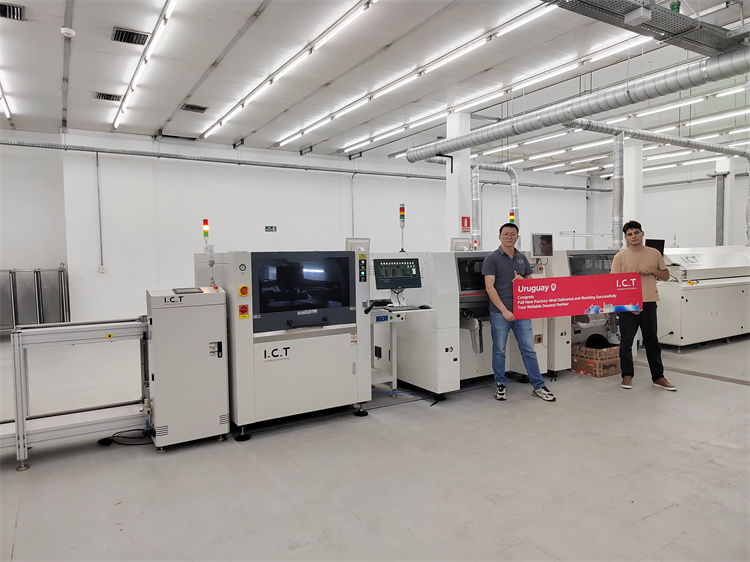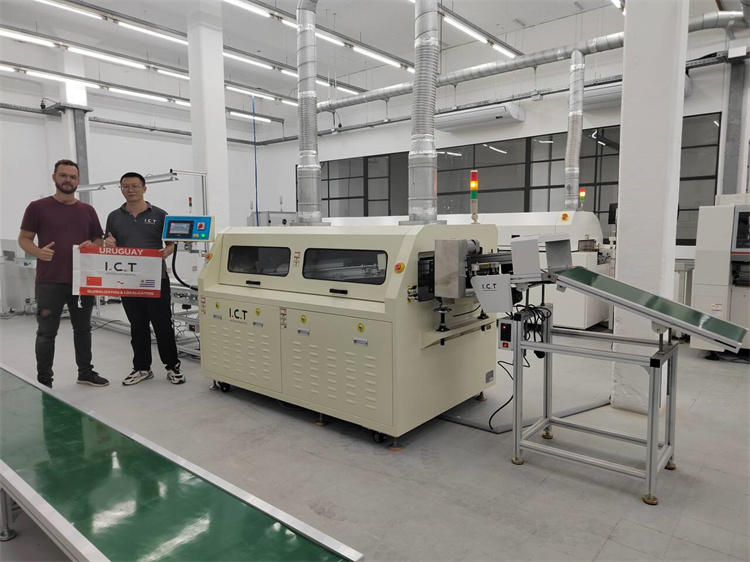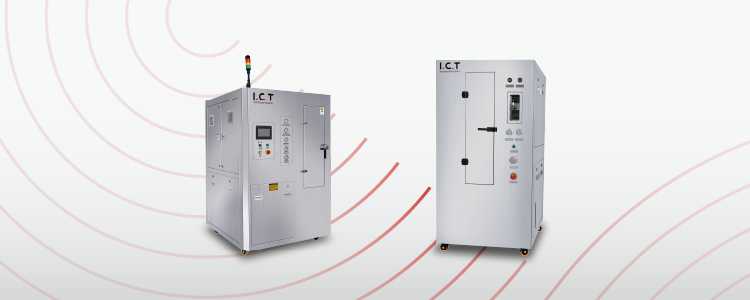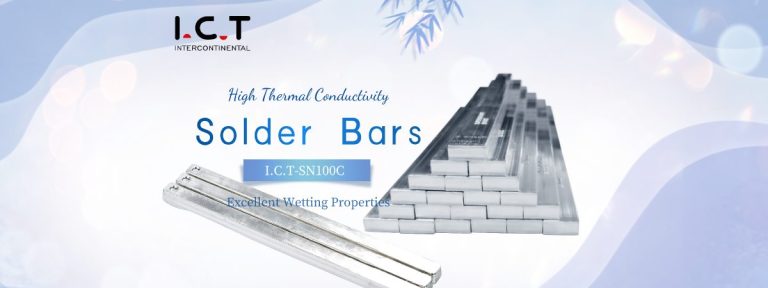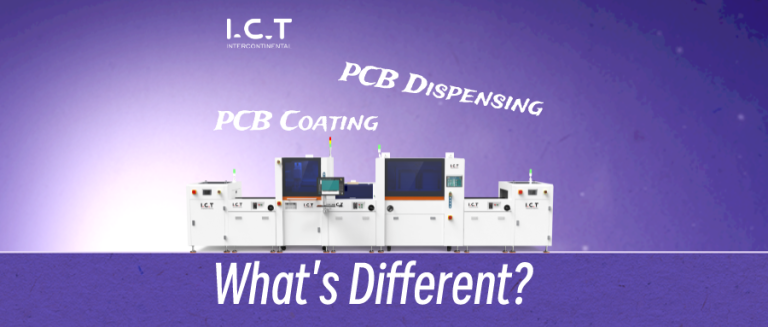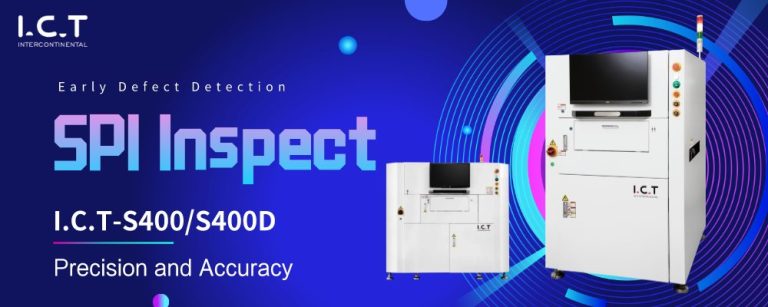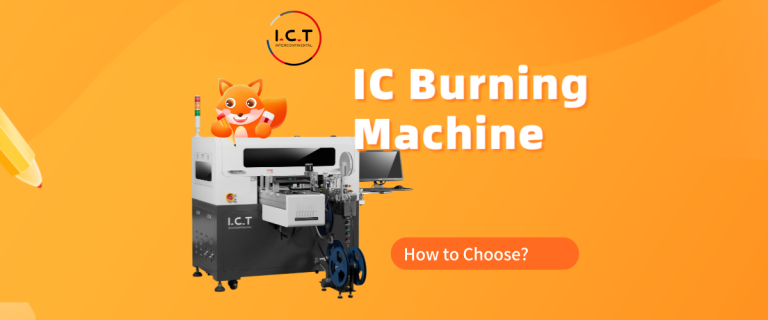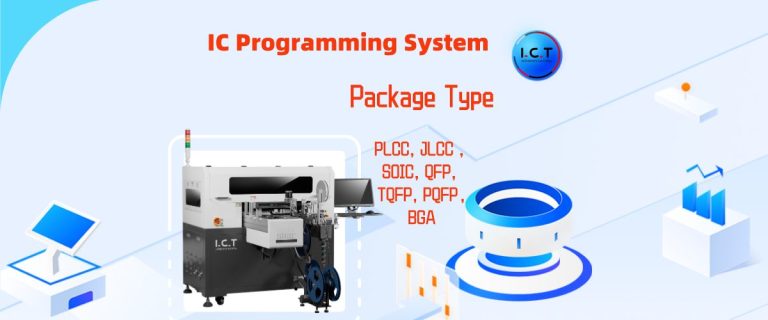PCB Production Assembly Line
PCB Production Assembly Line: Ensuring Efficiency in Microcircuit Assembly
Microcircuits are vital to every electronic device, forming the backbone of modern technology. To connect these microcircuits securely to an insulator plate, the PCB production assembly line plays a crucial role. This process involves soldering conductors to specific tracks on the printed circuit board (PCB). These connections allow the microcircuits to become part of a complex, functional network, establishing communication with other components.
Different installation methods are employed depending on the device type and its intended use. Here are the key methods:
Surface Mount Technology (SMT): This technique involves mounting components directly onto the surface of the PCB. It’s widely used for compact and high-speed devices.
Through-Hole Technology (THT): This method involves inserting components through holes in the PCB. It’s often chosen for devices requiring strong mechanical bonds, such as industrial equipment.
Mixed Technology: Combining both SMT and THT on a single board, this method is ideal for complex devices requiring diverse assembly techniques.
The SMT Assembly Line ensures that each method is executed precisely, resulting in reliable and efficient electronic devices. This assembly line is essential in various industries, including consumer electronics, automotive, and telecommunications.
Enhancing Electronic Products with PCB Production Assembly Line
Surface mounting of printed circuit boards offers significant advantages. It increases functionality while reducing the weight and size of electronic products. In this method, components are fixed directly on the outer surface of the board. Unlike through-hole mounting, the leads are soldered to the track without passing through it. This unique approach allows circuits to be applied to both sides of the board, doubling the available working surface for fixing contacts.
On the other hand, through-hole mounting involves fastening microcircuits through holes in the board. Components are soldered into metallized holes, ensuring a firm and durable connection. A key feature of this method is that the component leads pass through the insulator material, with the excess trimmed off after soldering. This method is ideal for applications requiring robust mechanical strength, such as industrial equipment.
Both surface mounting and through-hole mounting can be used separately or in a mixed form. When creating complex microcircuits, a mixed approach is often preferred. This method ensures continuous operation of multilayer boards on one or more plates.
In various industries, including consumer electronics, automotive, smart home appliances, LED industry, smart security and telecommunications, the PCB assembly line is essential. It brings together these different mounting techniques, ensuring precise and reliable assembly of electronic components. Whether for simple or complex microcircuits, the SMT assembly line plays a crucial role in delivering high-quality electronic products.
Advantages of PCB Production Assembly Line Techniques
In the SMT production line, different methods are used to fix elements onto a dielectric plate. The choice of method depends on the type of product being assembled. Each technique has its unique features, along with specific advantages and disadvantages. Therefore, the selection is always tailored to the specific needs of the project.
Advantages of Surface Mount Technology (SMT) in PCB Production Assembly Line
Surface mount technology offers several benefits:
- Simplified Processing: There’s no need for drilling or metallization, making the process more efficient.
- Compact Components: The components and their leads are lighter and smaller, contributing to a more streamlined design.
- Dual-Sided Use: Both sides of the board can be utilized, reducing the overall size of the PCB.
- Secure Fixation: Elements are easily and securely fixed, ensuring stability in the final product.
- Compact Design: The resulting electronic product is more compact, which is ideal for modern, space-saving applications.
- Batch Processing: Microcircuits can be processed in batches using a professional oven, improving production efficiency.
The SMT line leverages these advantages to create high-quality, reliable electronic products across various industries, including consumer electronics, automotive, and telecommunications. By choosing the appropriate mounting method, the assembly line ensures that each product meets its specific performance and design requirements.
The disadvantages of the surface method include the need for competent specialists and the availability of high-quality equipment, as well as the use of proven components. Our company employs qualified technologists and has professional equipment for all stages of work, so we can easily avoid the shortcomings of SMD component fixation.
Advantages of THT Assembly Line
The THT assembly line offers several benefits in electronic manufacturing. One of the key advantages is the reliable soldering of all contacts within the holes. This method reduces the risk of elements overheating, making them less likely to be damaged or peel off. Additionally, it allows for soldering the leads to the inner surface of the plate, enhancing the stability of the connection.
However, there are some drawbacks. The components used in through-hole technology are often larger and heavier, which increases the overall weight of the finished product. After installation, further processing of the boards is required. Also, high-speed signal transmission can be slower due to the larger components. This method is more suited for manual processing and is typically used for particularly complex boards or small-scale production batches.
The THT assembly line is ideal for applications requiring strong mechanical bonds and durability. It is commonly used in industries like aerospace, automotive, and industrial equipment manufacturing, where reliability and robustness are crucial.
Printed circuit board assembly processes
The technology of printed circuit board assembly is divided into two general stages:
- Installation of elements on the substrate – capacitors, light indicators, compartments for power elements, power buttons, levers, etc.
- Soldering components to a printed circuit board.
Each of the printed circuit board assembly processes has its own characteristics and complexities. Several stages allow for full installation of elements and include different types of materials and components in the process. This also adapts the assembly to the required production volumes and ensures a high level of reliability, protecting against defects.
Printed circuit board assembly – extended stages
- The insulating substrate and the surface of the material are prepared for processing.
- Flux and molten solder metal are applied.
- The solder is melted to produce soldered components.
- The finished connections are washed.
- Testing and checking the product.
The assembly line features may influence the number of stages, sometimes they may be combined, or some of them may be excluded altogether. It is important that the equipment manager and process engineer understand how important it is to follow all the stages and installation rules to create a reliable and durable product. Also, the stages may change depending on the type of installation chosen – surface or through holes.
In summary, the PCB Production Assembly Line plays a vital role in ensuring the efficient and reliable production of electronic components. By carefully managing each stage—from component installation to final testing—manufacturers can produce high-quality printed circuit boards that meet stringent industry standards. Whether you are involved in consumer electronics, telecommunications, or automotive sectors, understanding and optimizing the assembly line process is crucial for achieving excellence.
Ready to enhance your PCB production process? Contact us today to learn how our advanced solutions can streamline your assembly line and boost your production efficiency. Let’s work together to bring your electronics to the next level!
